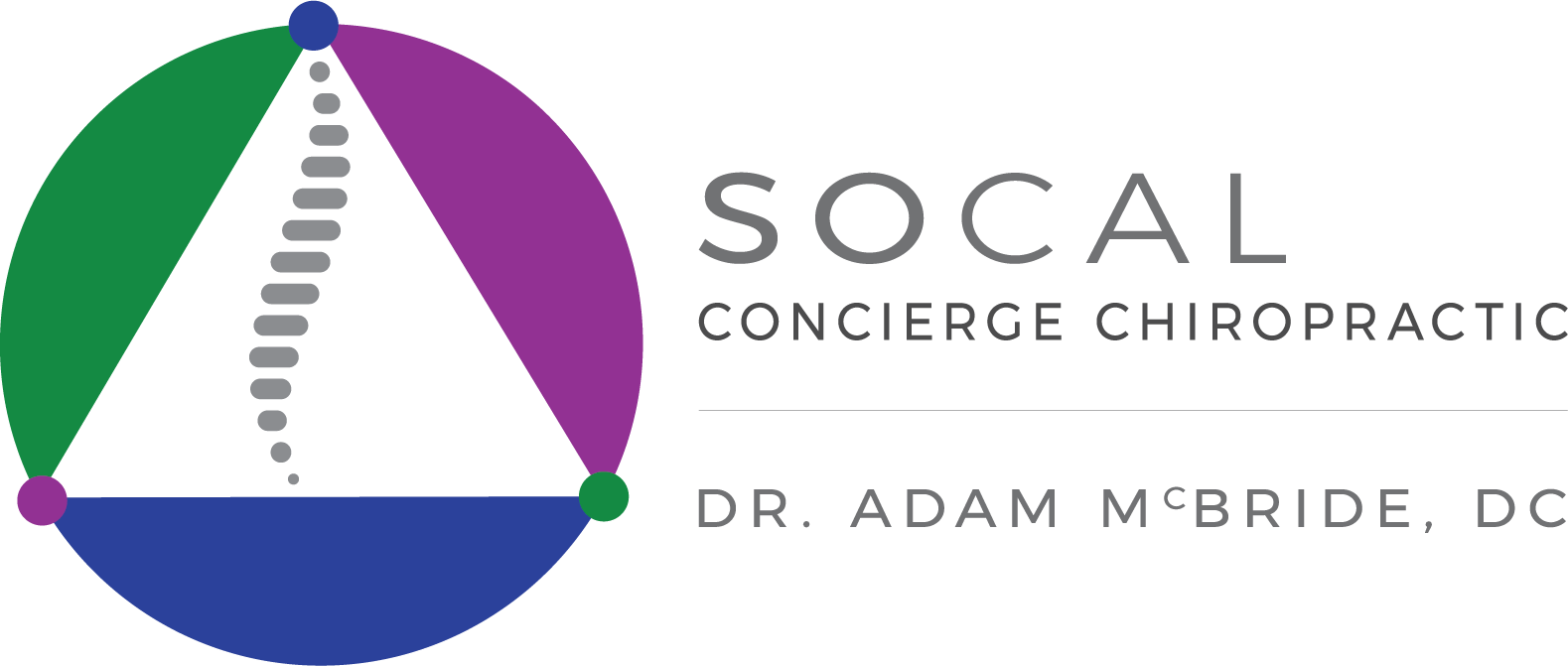Foam Rolling Essentials
Ah, the foam roller! One of the greatest tools one can use for active recovery. My first experience with foam rolling was in a local gym in my hometown of Lexington, MA. I am not going to lie, it HURT going through the motions. When you are genuinely tight, and not flexible, your first experience with a foam roller is going to feel very uncomfortable. The relief you will gain after it will absolutely be worth the time investment you put into your body. I was actually taking a class to become a certified personal trainer in 2009, and our teacher for the class had each of the class members perform an overhead squat prior to using a foam roller. This was to give us the basic idea of where we had movement patterns that were not functioning correctly. As he went through each demonstration explaining the foam rolling techniques, each person in the class had a foam roller, and was performing the movements as the teacher was. We may have gone through about 10 minutes worth of explanation of what muscles we were rolling out, as well as what we were feeling, and how we could apply it to a personal training client. Once we finished out after rolling out everything from our lats down to our calves, we then performed the overhead squat motion again. I swear on my life, each person in our class was able to squat either deeper, more fluid, with more ease, or a combination of all of them. I always say in life that you have to work your brain in 2 ways: 1) Reading as much as you can about a topic and then 2) just going out and experiencing that topic or idea and making your own conclusion of what works best for you. I will tell you, I was hooked and have been an advocate of the foam roller since. I even suggest certain foam rolling aspects to patients of mine now who are more active. Disclaimer- I would always suggest before starting any workout routine, even for a foam roller, to consult with your primary physician to determine if you are in good health to begin an exercise routine.
Your first thought may be- "What is a foam roller?" A foam roller is an inexpensive, super-versatile piece of equipment that can help you with everything from working out the knots in your muscles to strengthening your core. (1)
Let's break this down... Foam rolling works on the principles of what is known as "self-myofascial release". "Myo" refers to "muscle", and "fascial" refers to "fascia" which is a sheath of connective tissue that aides in investing, supporting, or binding together internal organs or parts of the body. (2) Simply, when combining these terms together, the aim is to break up soft tissue adhesions between the muscle and the fascia. An "adhesion" is an abnormal melding of membranous surfaces due to inflammation or injury. This becomes incredibly helpful for the recovery process with the simple goal of being more fluid and flexible in your movements of exercise or daily routine. Research is still on-going, but in a systematic review from the November 2015 issue of the International Journal of Sports Physical Therapy, the results of their analysis suggest that foam rolling and roller massage may be effective interventions for enhancing joint ROM and pre- and post-exercise muscle performance. (3)
The Basics:
As with any new activity you start in your life, be sure to take your foam rolling very slow. My suggestion is to start from the upper/mid back by simply lying on top of it. The area you want to focus on primarily is from the superior/top part of your upper trapezius/rhomoids down to the most inferior/bottom part of your lower-middle trapezius, scapular AKA "shoulder blade" area. Much of our lifestyle is based on a flexion and internal rotation of our shoulders position since we as a culture rarely work out our posterior/back muscles. This is mostly due to our numerous seated jobs we do on a daily basis. This position, rolling up towards the head/neck and rolling down towards the mid-back is great for breaking up any adhesions in the muscle causing a limitation of extension, therefore leaning backwards and standing up straight will become easier. This also gives the ability of the thoracic spine some more mobility, and it will help stimulate a more active thoracic cage motion. In this aspect, expansion of the lungs and getting more oxygen diffused throughout the body will already aide in recovery. Put your hands in either a "bear hug" position, or elevate them over your head so you extend the posterior aspect of your body on the action of the roll.
From there, there are many other positions that one can easily perform self-myofascial release to aide in their recovery. The next video series starting on my YouTube channel (Adam McBride, DC) will be dedicated to going through multiple muscle groups and how you can properly foam roll out tight knots and enhance your own flexibility and strength. We will also talk about possible symptoms you may be currently experiencing in your own life, and how the addition of the foam roller can assist in this regard as well.
To Yours in Health,
Adam McBride, DC
http://www.shape.com/fitness/workouts/10-ways-use-foam-roller
http://www.dictionary.com
Cheatham, PT, DPT, OCS, ATC, CSCS, Scott W. et al. "THE EFFECTS OF SELF‐MYOFASCIAL RELEASE USING A FOAM ROLL OR ROLLER MASSAGER ON JOINT RANGE OF MOTION, MUSCLE RECOVERY, AND PERFORMANCE: A SYSTEMATIC REVIEW". Int J Sports Phys Ther 10.6 (2015): 827-838.
